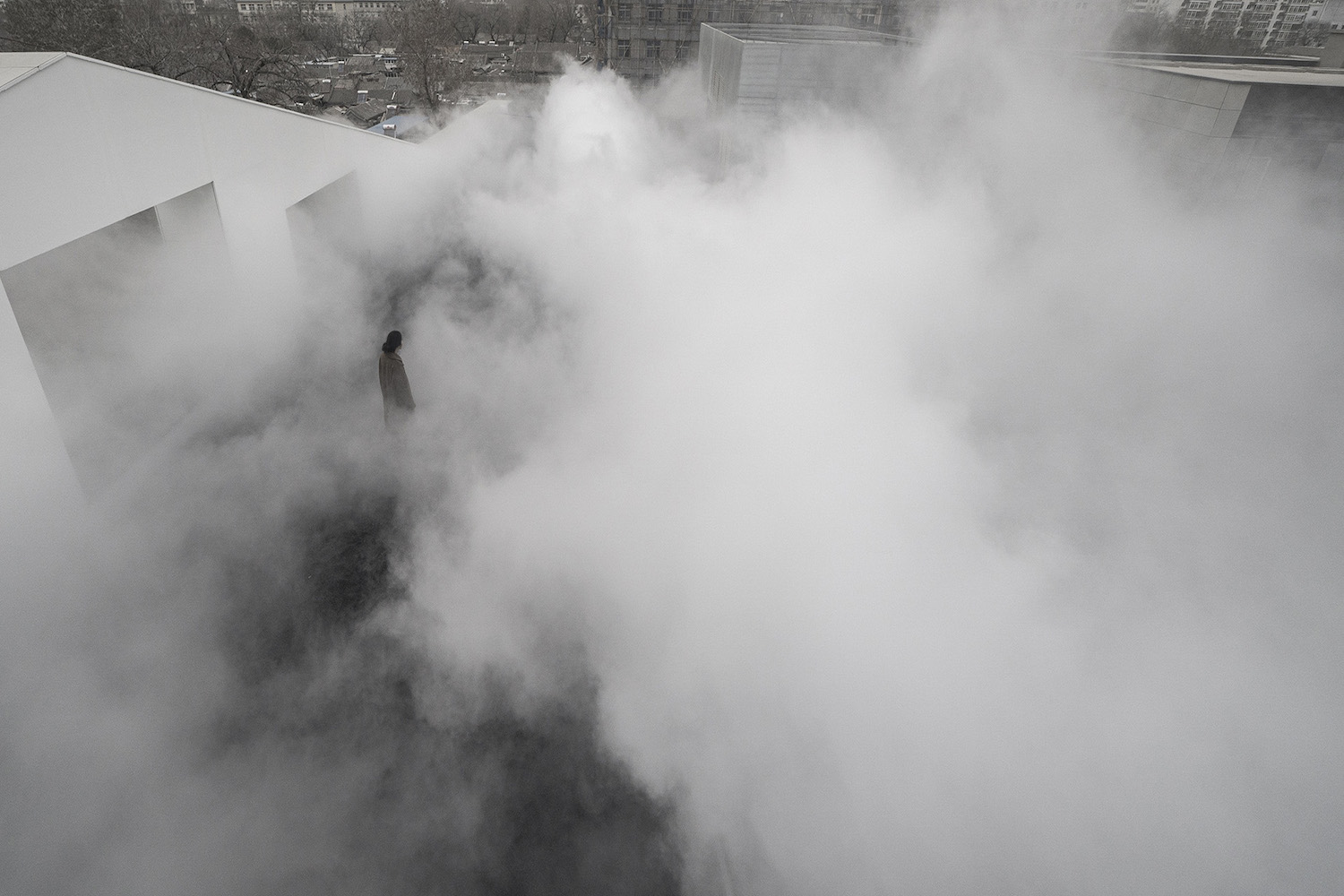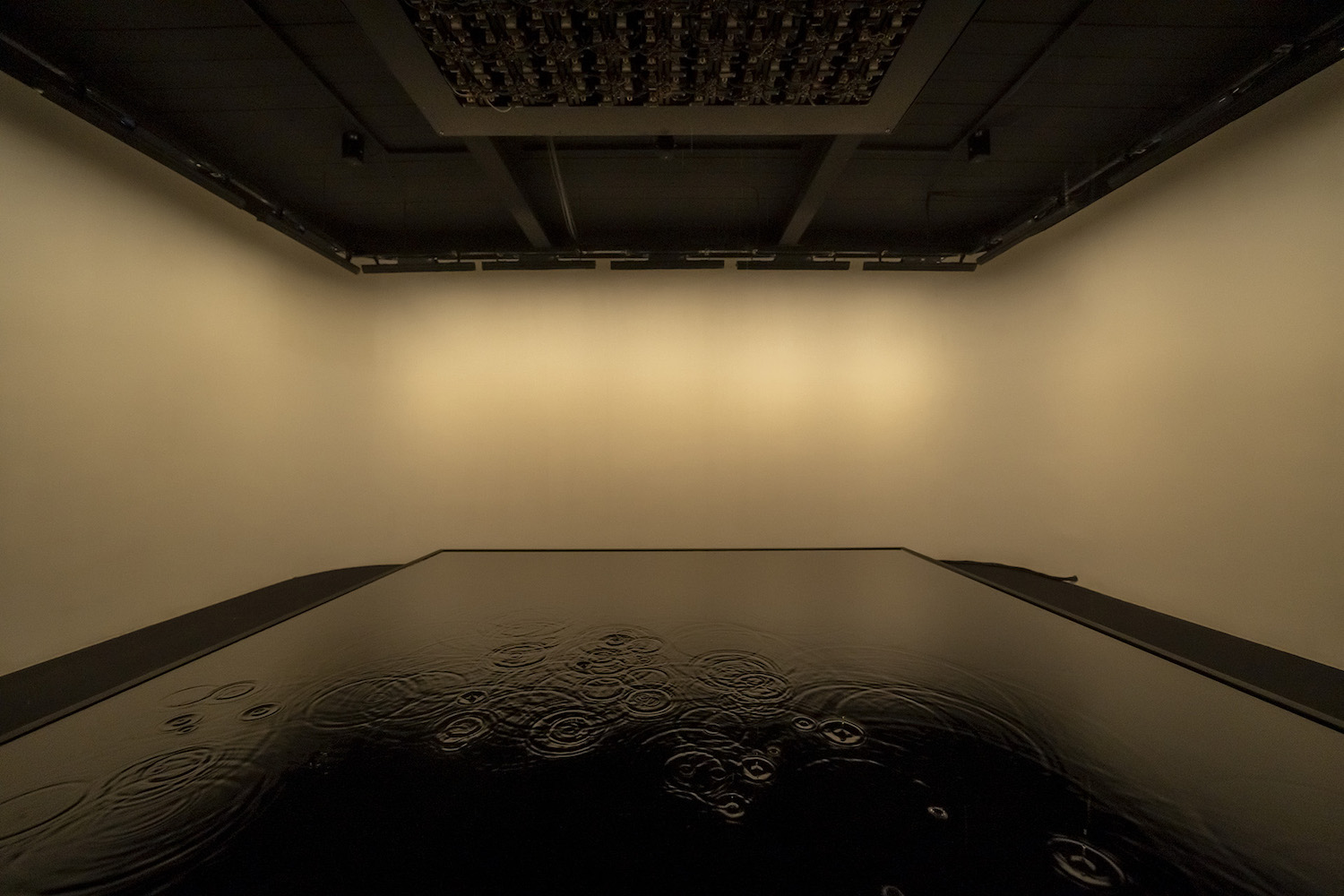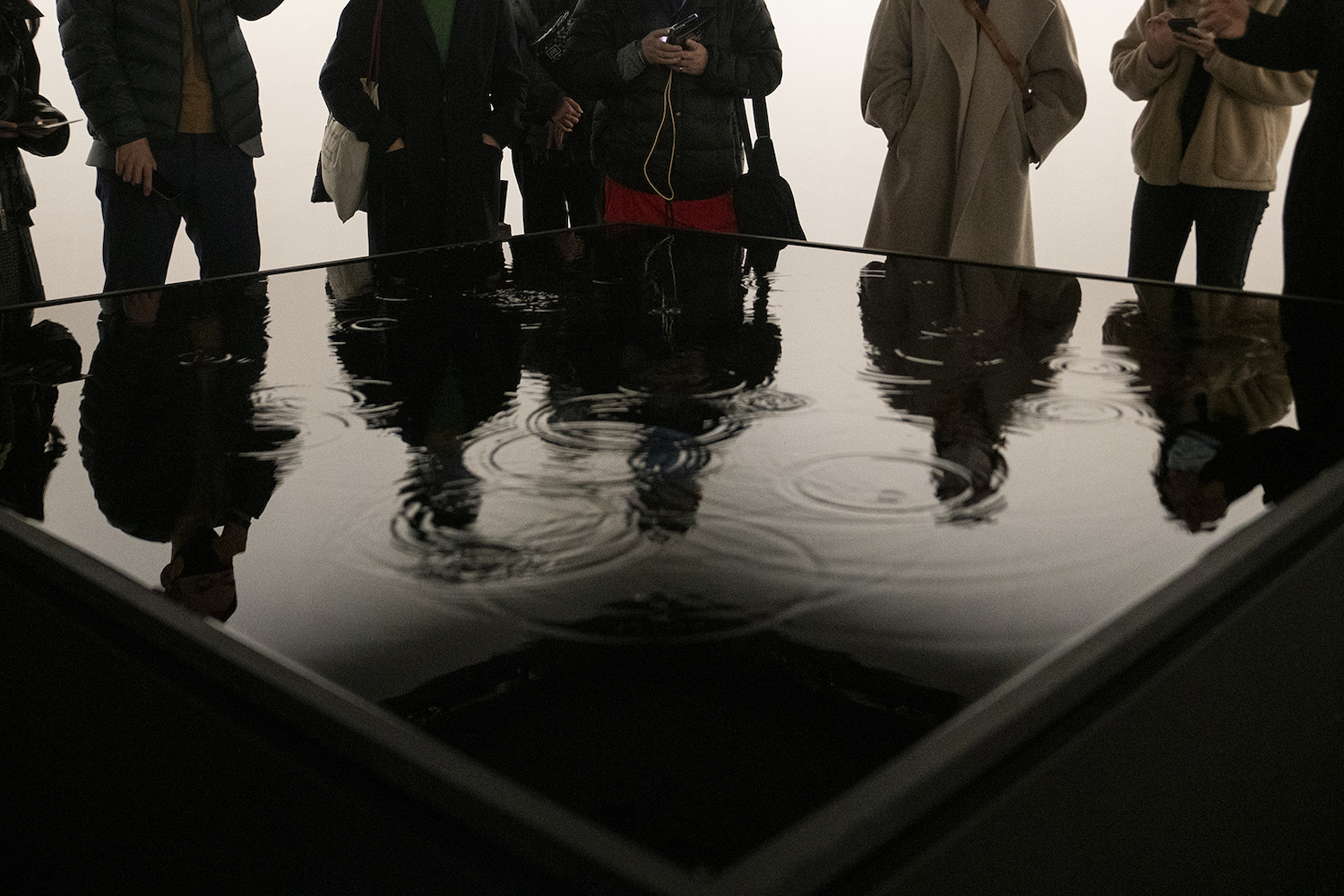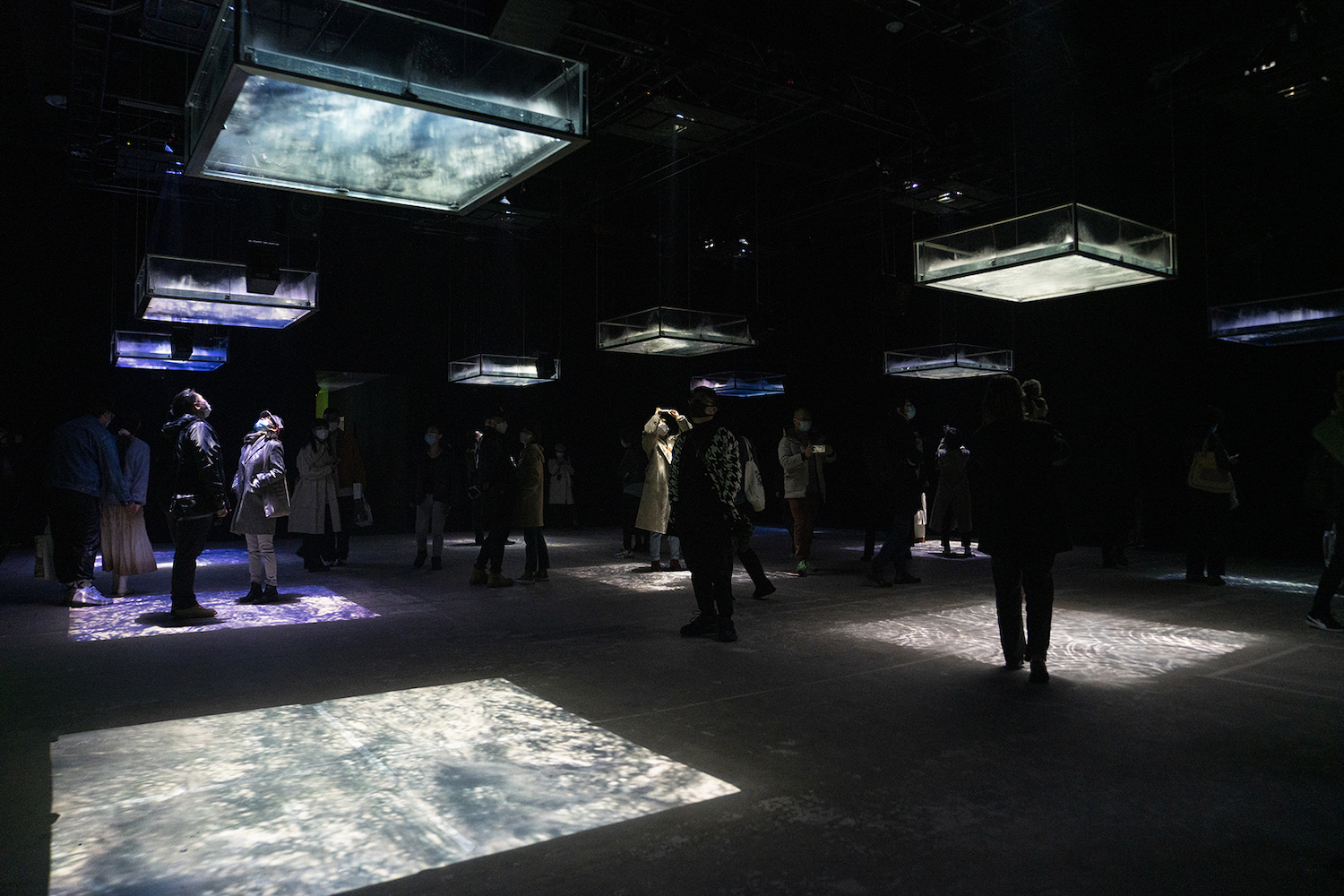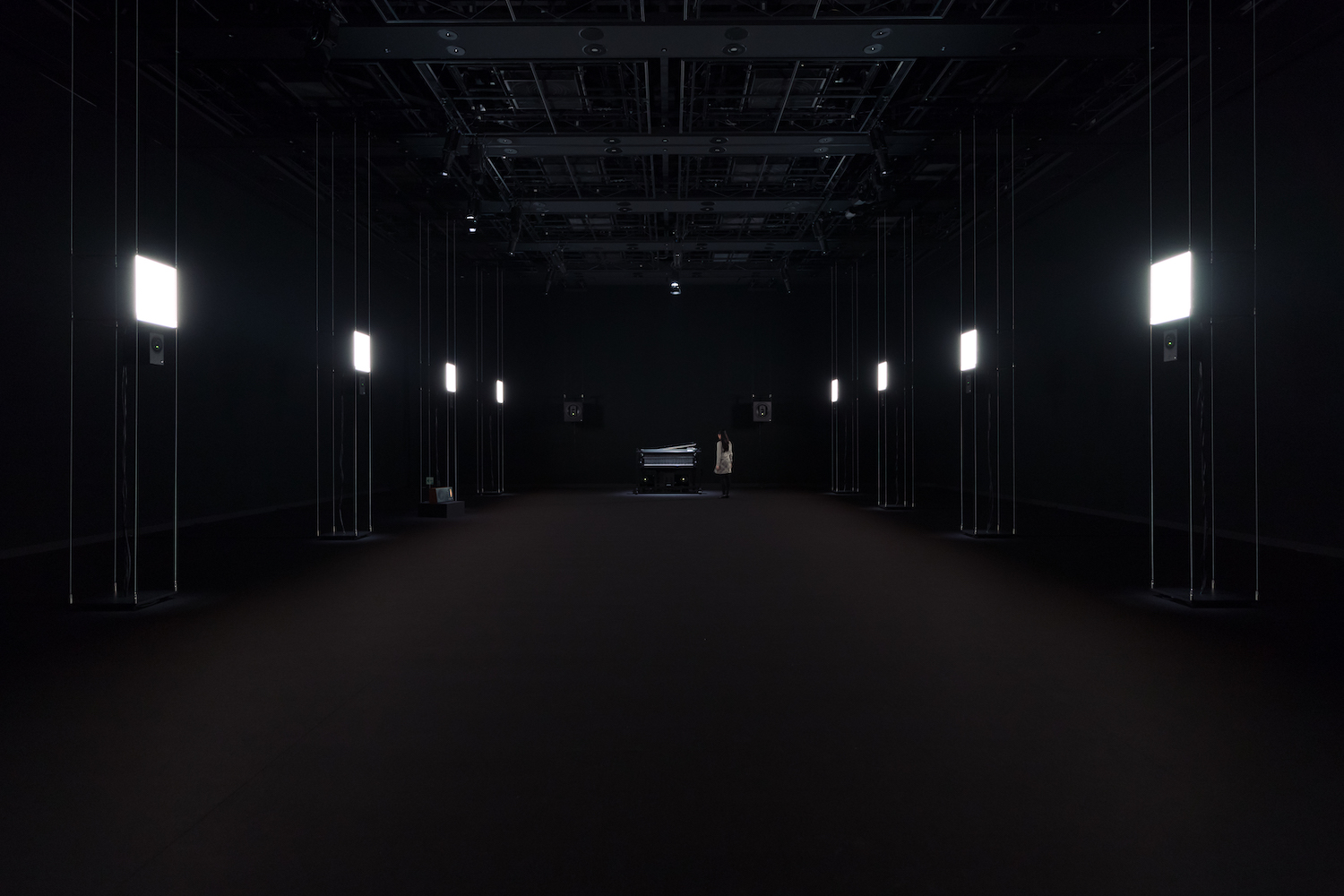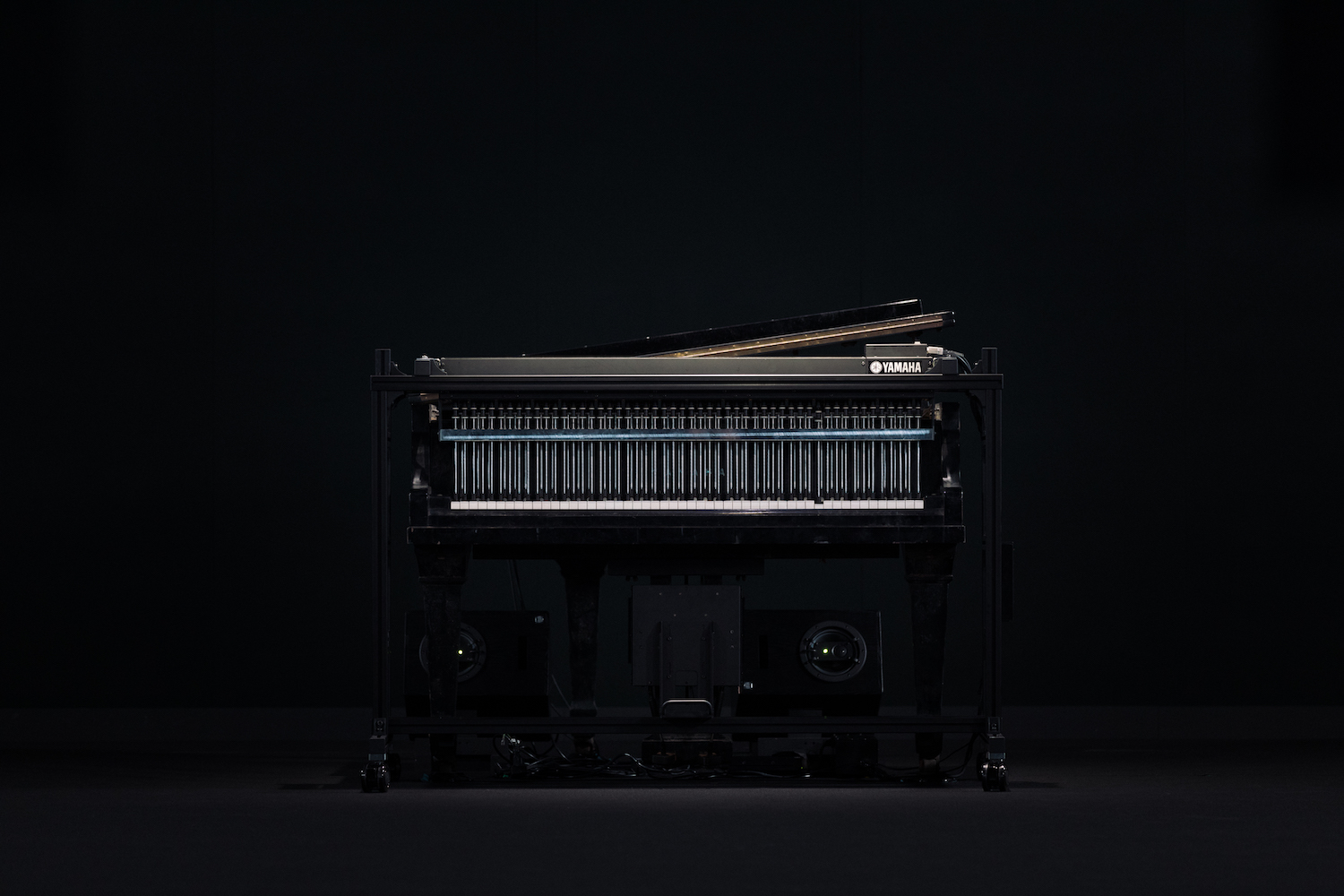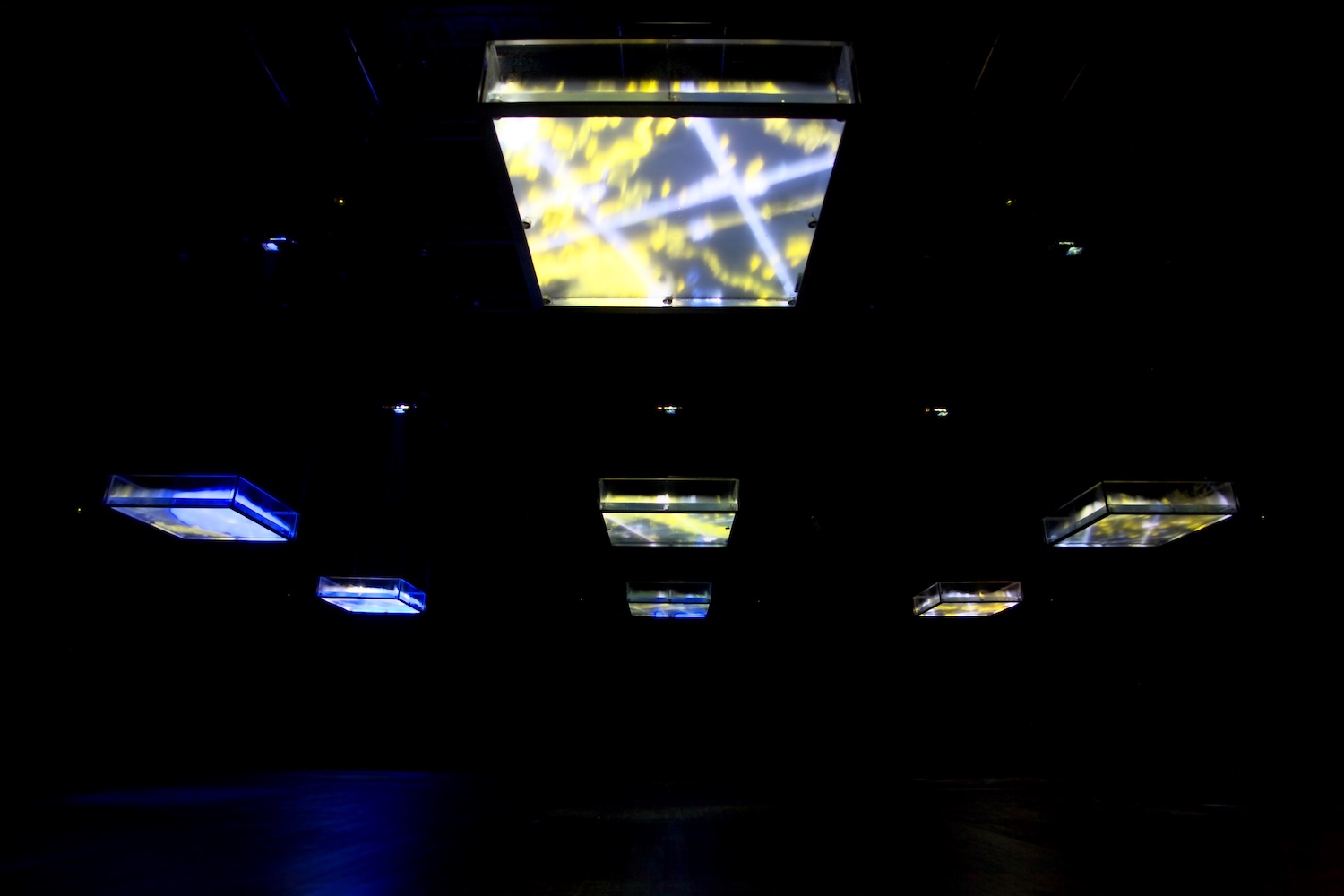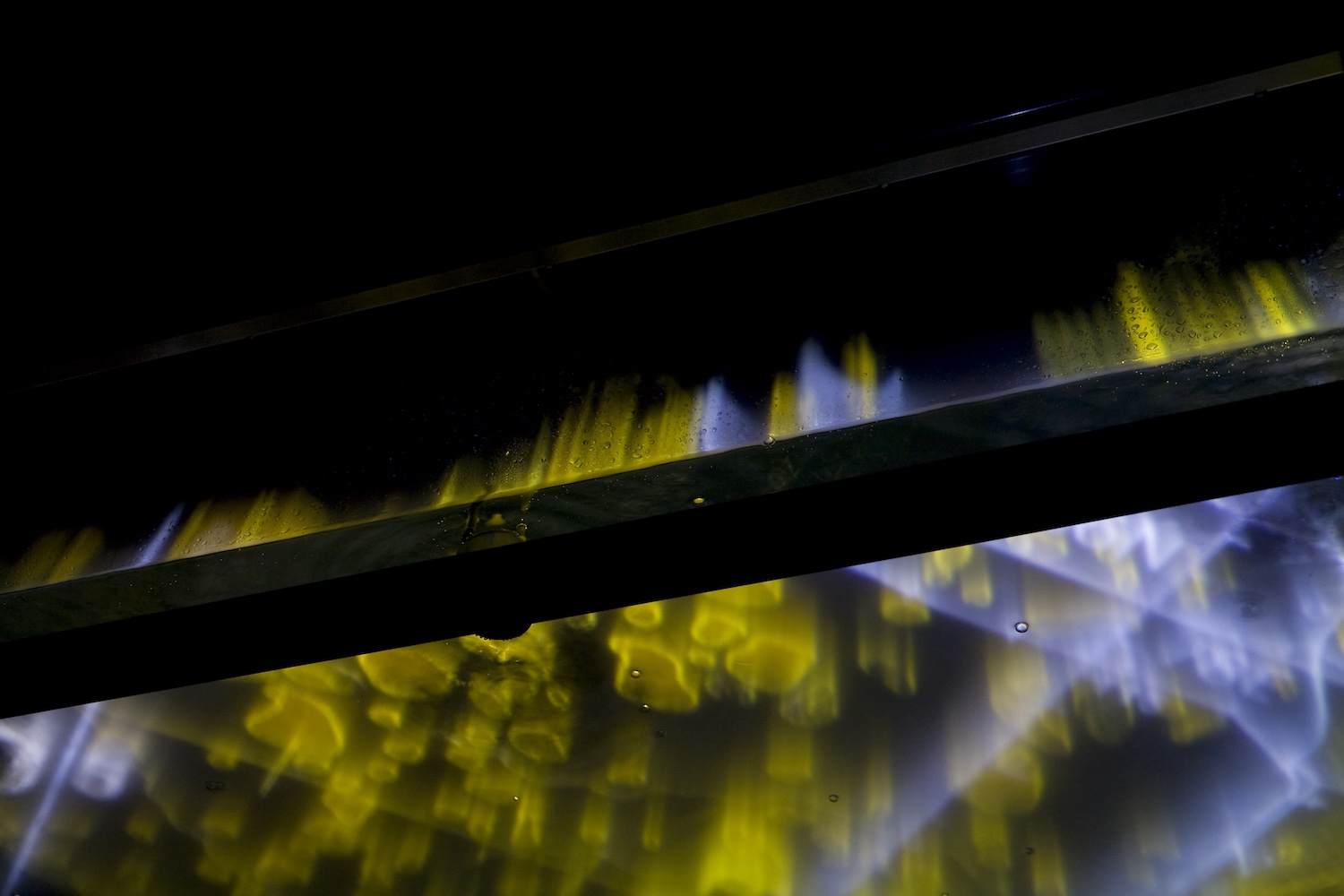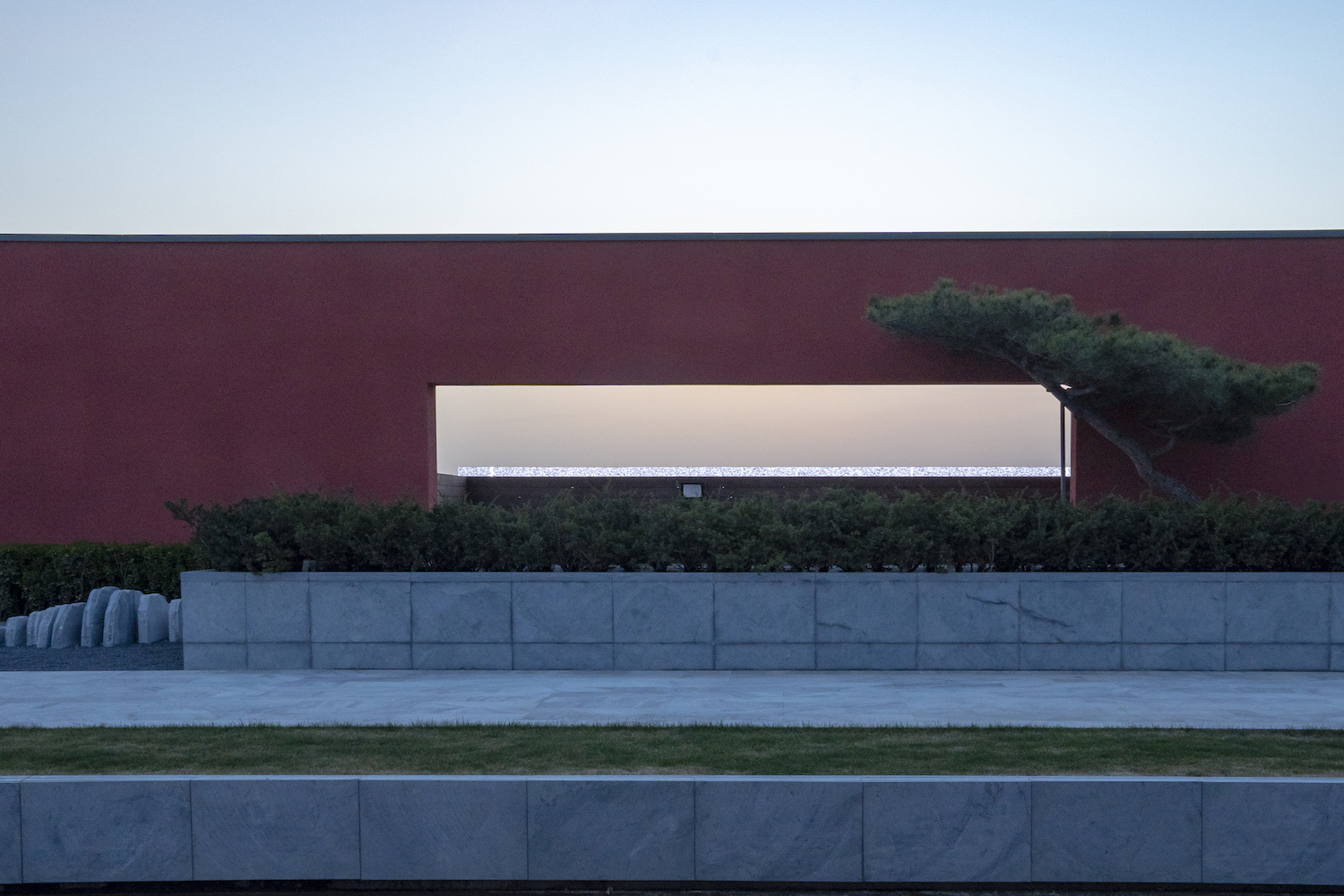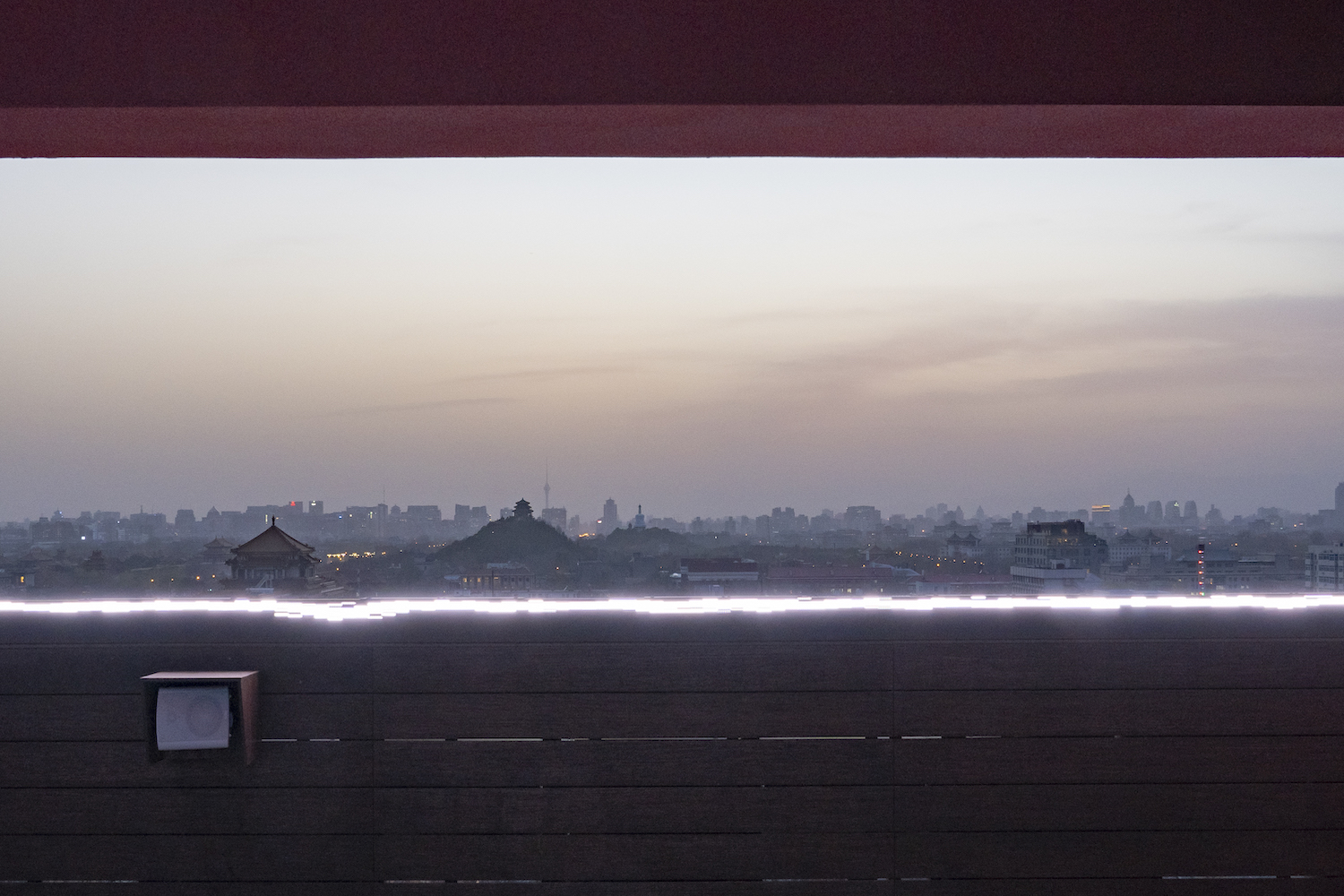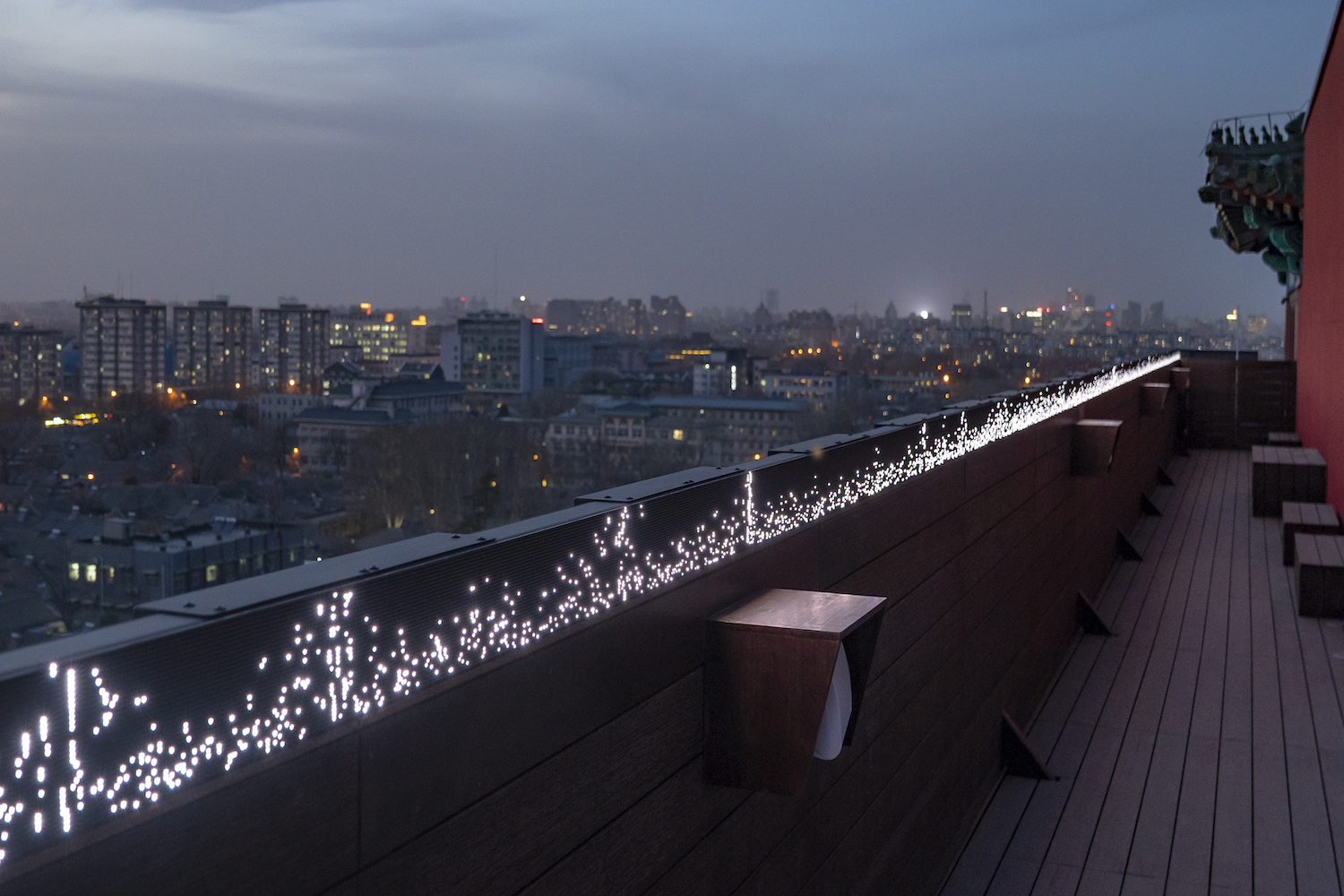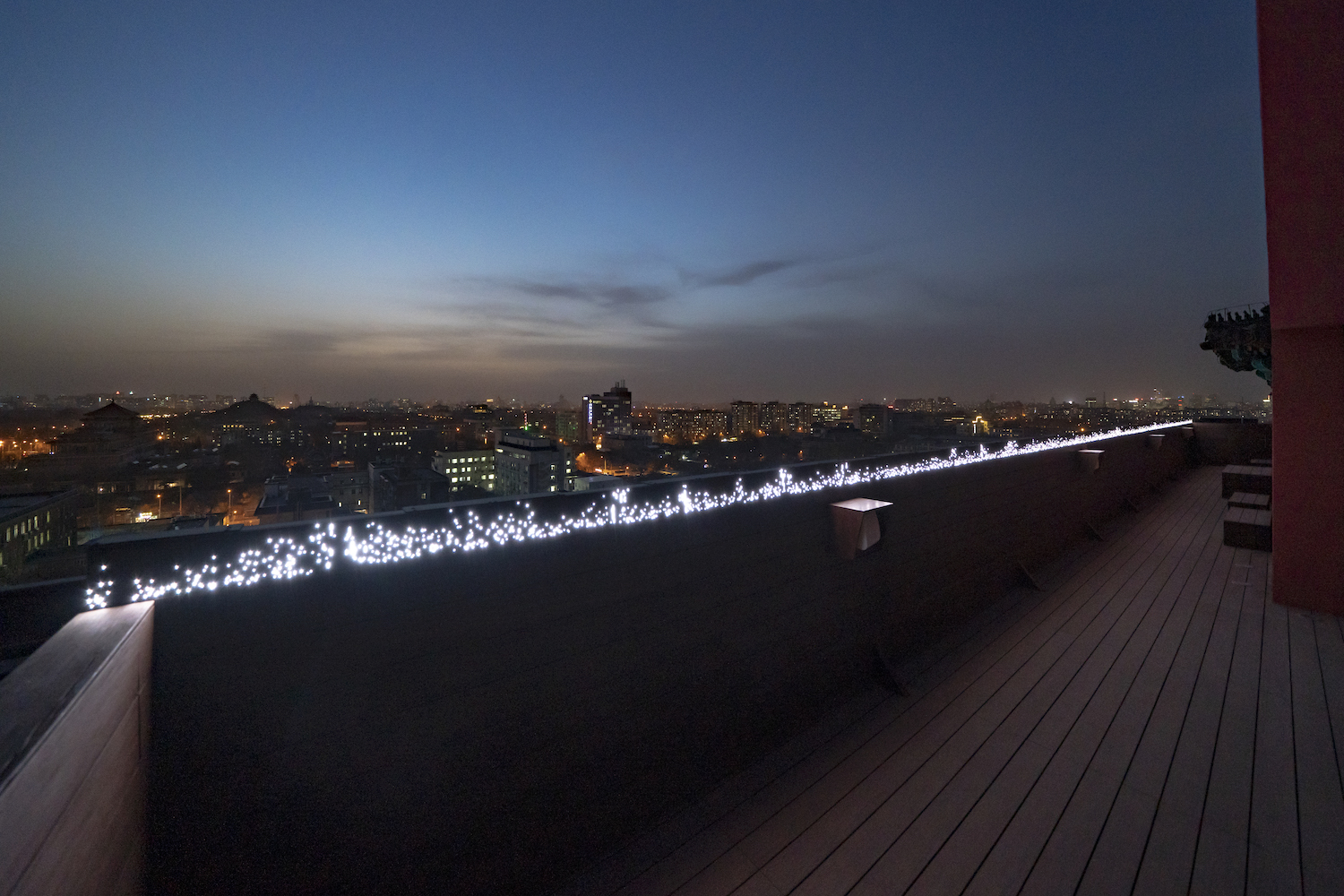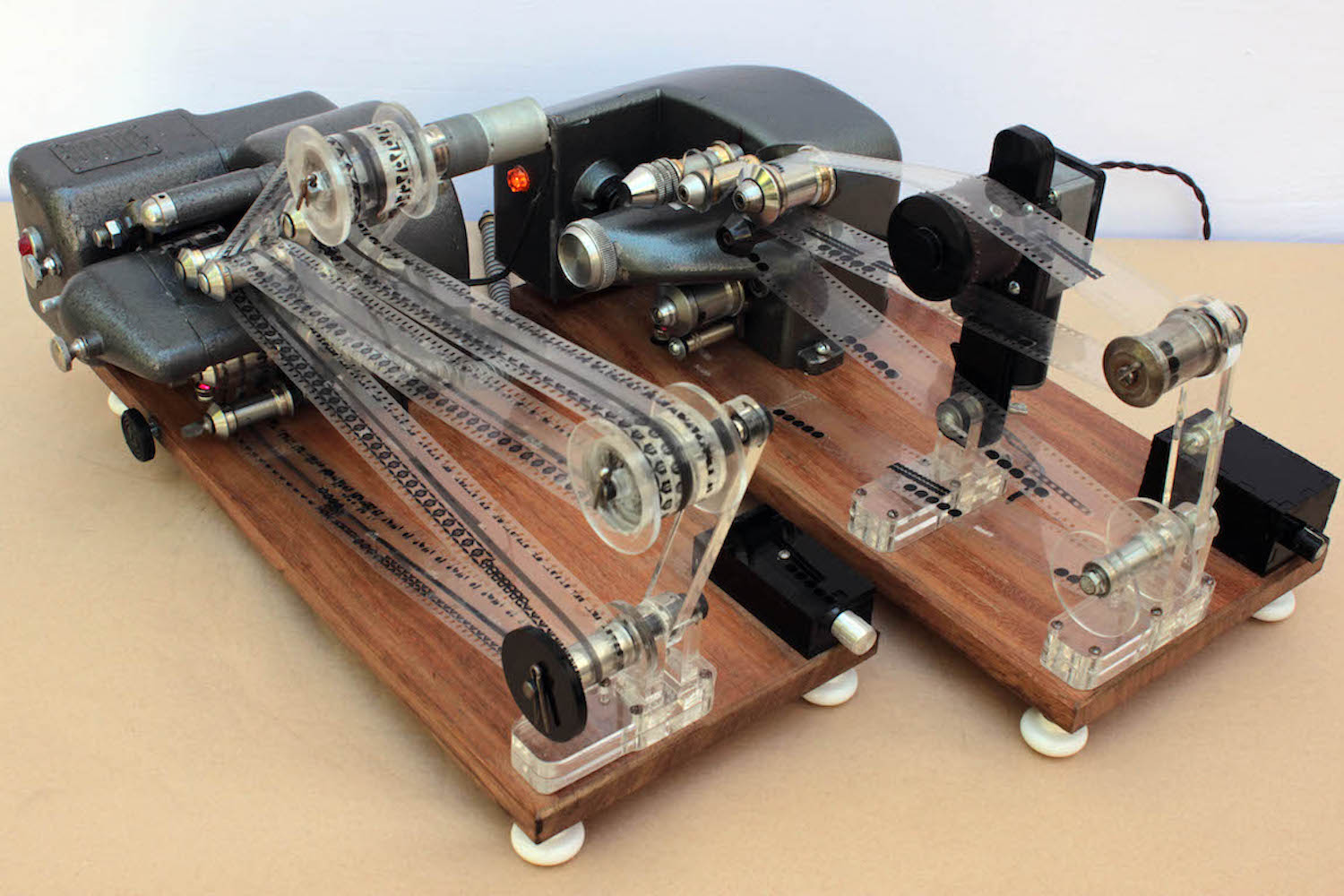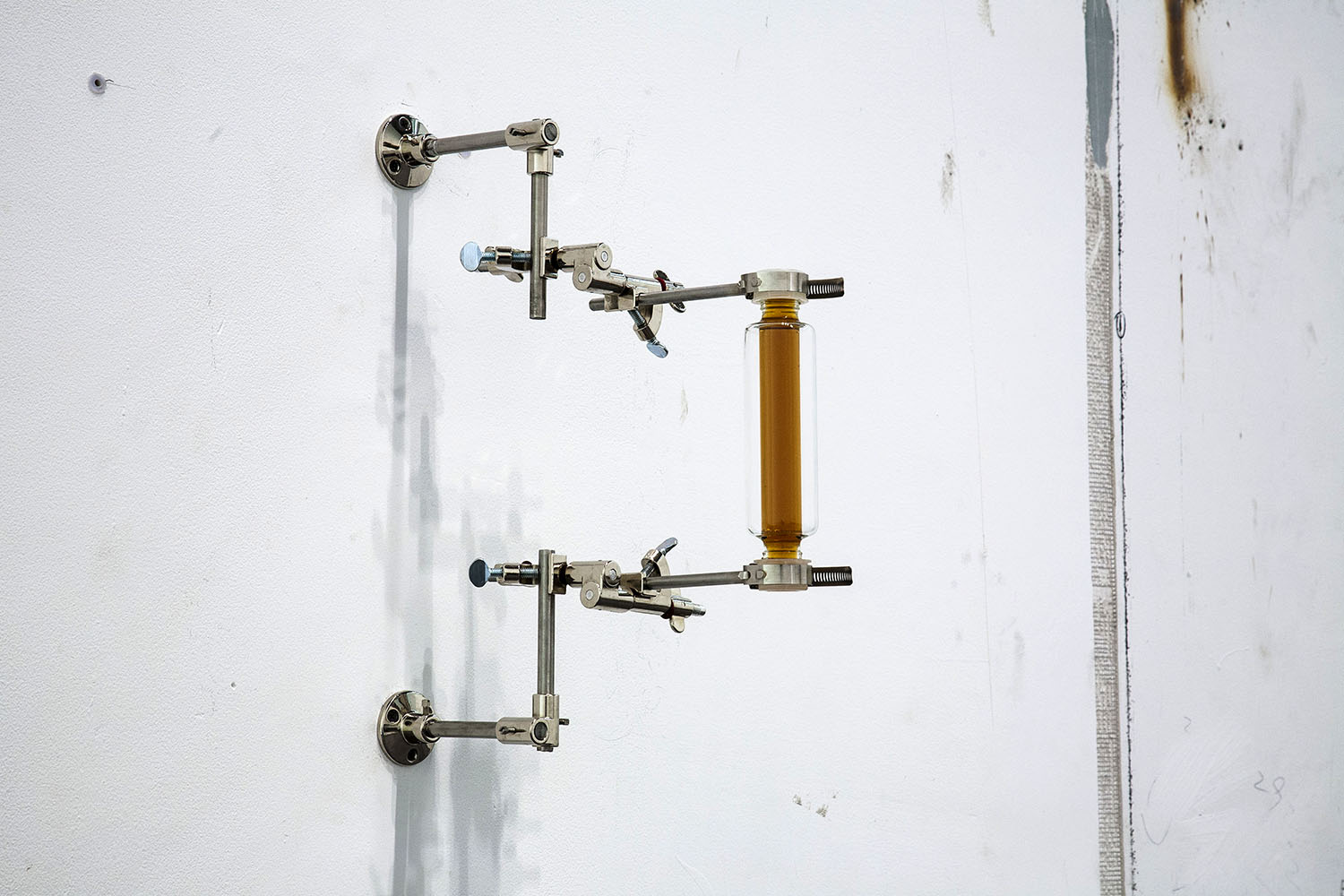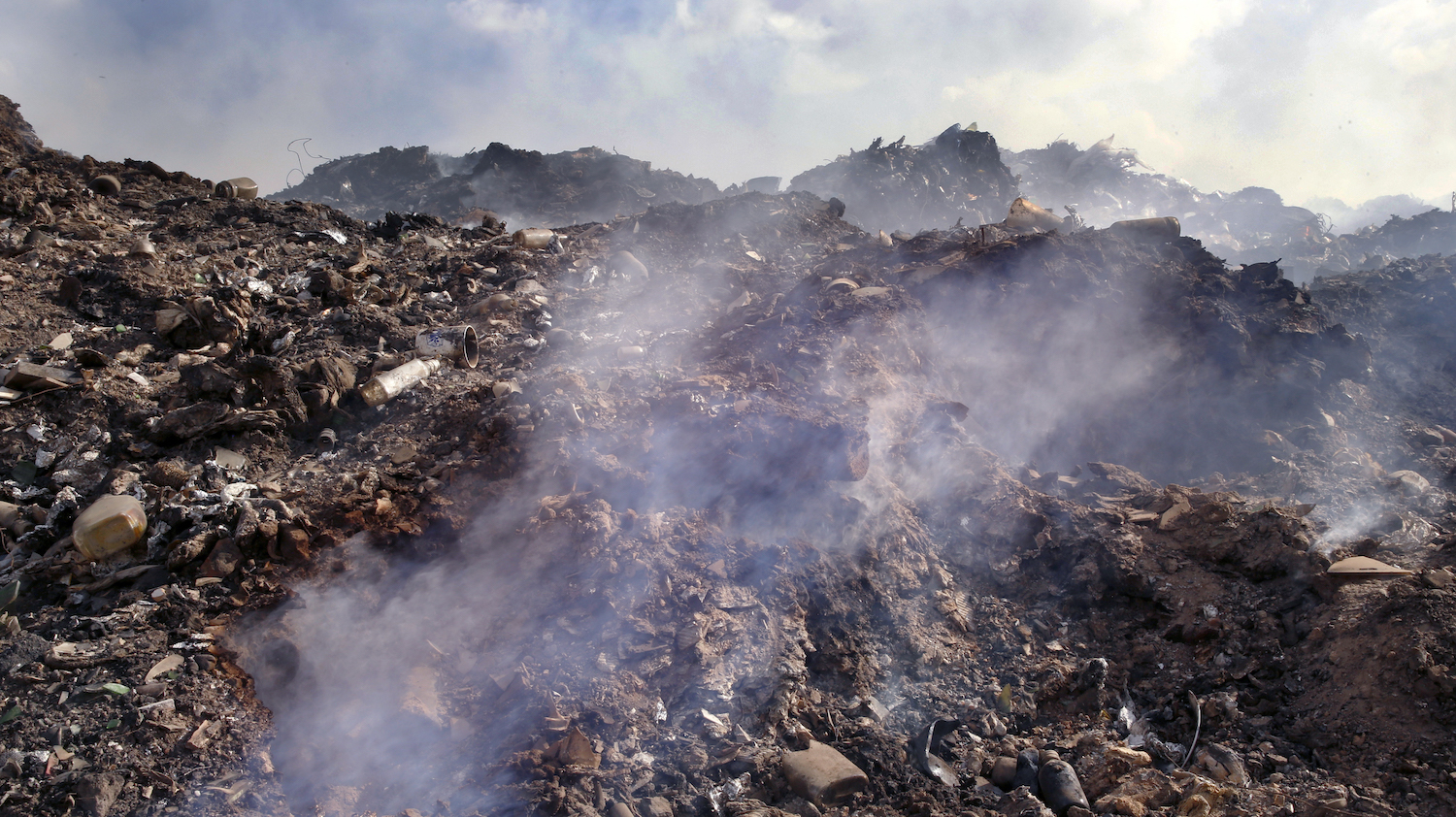M WOODS presents the largest and most comprehensive survey exhibition to date devoted to Japanese composer and artist Ryuichi Sakamoto. The exhibition is Sakamoto’s first institutional solo show in China, and centres around eight key large-scale works and sound installations that redefine how we experience an album of music or an art exhibition, while proposing different ways of understanding the world through sound and technology.
Ryuichi Sakamoto believes that technology is the key to remaining aware of the world in its entirety. Since the late 1970s, he has played a key role in redefining the intersection between sound and art in Japan and internationally. From his cinematic scores, for which he was awarded both an Oscar and a Grammy in 1988, and his influence on the development of electronic music through the Japanese band Yellow Magic Orchestra (YMO) to his current activist work on climate change, Sakamoto continues to radically transform the way we think about creative practice and the potential of art and music.
As the title of this exhibition suggests, the survey offers audiences a series of unique multi-sensory spaces that open up and describe parts of the intangible world that were imperceptible to us before, through a blend of audio and visual languages. Each gallery in the museum expands on Sakamoto’s concept of ‘installation music’, in which the artist and his collaborators have designed environments for audiences to experience sound within a physical space as an ideal means of sharing music and sound.
One example is the work Is Your Time (2017), made in collaboration with Shiro Takatani, which incorporates a piano that was washed up on the shore after the tsunami from the Great East Japan Earthquake in 2011. For Sakamoto, this piano represents the uncontrollable forces of nature that have shaped and molded our environment, including this piano, along its journey from land to sea and back to land again. Sakamoto believes that these forces, to a degree, are also contained within the vessel of this instrument, and can therefore express new sounds and tones as a result of its exposure to the natural elements and this global event.
At the centre of the exhibition is the complex audio-visual installation LIFE – fluid, invisible, inaudible… (2007/2021), also made with Shiro Takatani, highlighting an important point of departure for the artist into the expanded territory of experiential sound spaces. The work contains two important sub-currents: the breaking of the unilateral experience of opera, here achieved through the recreating and deconstructing of Sakamoto’s 1999 opera LIFE. And secondly, the integration of technology, image, and nature to achieve what Sakamoto calls the ‘the interstices of sound and image’, here configured by the experience of walking through a Japanese garden. Originally commissioned in 2007 by Yamaguchi Center for Arts and Media (YCAM), with nine custom made ‘water tanks’, here at M WOODS, the work will be shown through an expanded version consisting of twelve water tanks. These tanks are suspended in the air like image clouds. Each one produces an intricate mix of sound, artificial fog, and video clips – organized by a taxonomical system – that are projected onto the floor with images from Sakamoto’s original opera.
In the spring of 2017, Sakamoto released his first solo album in eight years, async, and with it he re-contextualized the way he wanted to both listen to and experience an album. async takes a central role in the current exhibition, highlighting the difference between ‘listening’ to an album and ‘experiencing’ it in space, as Sakamoto calls ‘installation music’. This concept of a experiential sound space, using async as a type of medium or point of departure, alongside collaborators such as Zakkubalan and Apichatpong Weerasethakul, is further explored in the series of async galleries in the exhibition: ‘async – first light’, ‘async – drowning’, and ‘async – volume’, which enable both a deeper understanding of the album and, importantly, the chance to physically ‘enter’ the music through a space designed by Sakamoto and his collaborators.
The exhibition also includes two outdoor site-specific installations that have been modified especially for M WOODS, located on our museum rooftop and ninth-floor rooftop. One of which is Sensing Streams (2014/2021), originally made in 2014 with Daito Manabe, this new version has been converted from its original format and integrated into the existing architecture of the rooftop. Also present will be two temple galleries that highlight Sakamoto’s cinematic scores, including The Last Emperor (1987), accompanied by a special set of photographic images by artist Basil Pao taken during the making of the film, and Merry Christmas Mr. Lawrence (1983). Accompanied by an exhibition catalogue and a series of live events and programming, the exhibition ‘seeing sound / hearing time’ will provide a critical overview of Ryuichi Sakamoto’s artistic practice.

